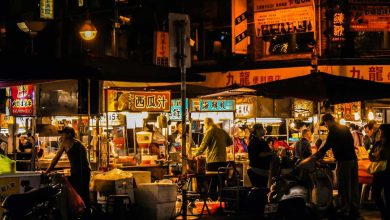Gov’t told to help automate Philippine leather goods sector

THE GOVERNMENT of President Ferdinand R. Marcos, Jr. should help the leather goods industry mechanize processes so local manufacturers can compete in the global market, an industry player said.
“We need programs that promote genuine leather and the businesses that use this to create quality goods,” William Lu, who owns Tony Tony Leather Crafting, said in an e-mail.
“The program can appeal to sustainability,” said Mr. Lu, whose company that is based in Marikina City supplies raw materials for leather goods. “A high-quality leather product, if taken care of, can withstand decades of use and can be passed down to multiple generations.”
Durability remains an issue with most synthetics, he pointed out.
Mr. Lu said the Trade department should help local businesses automate their manufacturing processes to keep up with international competition.
It can do so through loan grants or by creating facilities that “can speed up production and keep up with demand,” he added.
Most leather goods manufacturers are considered micro, small and medium enterprises, according to the Board of Investments (BoI).
The Philippine leather goods industry increased its gross value added (GVA) to P11.8 billion in 2022 from P7.1 billion in 2014, according to BoI data.
GVA, which measures the contribution of a company or sector to the economy, provides a dollar value for goods and services produced in a country, minus the cost of inputs and raw materials.
The US was the Philippines’ top export market for leather goods last year, accounting for 66.3%, followed by Japan at 8.5% and China at 4.6%.
Leather goods are among Philippine products that enjoy zero tariffs under the European Union’s Generalized System of Preference Plus.
A House of Representatives special committee on the creative industry in October 2022 formed a technical working group that would firm up measures to revive the Marikina shoe industry.
“It is a challenge to keep on top of trends and maintain an inventory of popular items,” Mr. Lu said, noting how the demand for leather supplies is affected by fashion trends.
Tony Tony Leather Crafting, which started as a manufacturer of metal heels in the 1960s, has since evolved into a supplier of leather and other related accessories for manufacturers and crafters.
“Leather crafting was among the many hobbies people picked up in quarantine during the coronavirus pandemic,” Mr. Lu said. “Most were interested in replacing their worn down leather goods… or customizing new ones to fit their needs.”
He said hobbyists usually turn into entrepreneurs when friends and family offer to buy their leather projects. They end up catering to orders of bespoke leather goods.
Local leather businesses face stiff competition from imported mass-produced products, Mr. Lu said. “If government programs can be made to support local businesses, I’m optimistic that they can catch up,” he added. — Patricia B. Mirasol




